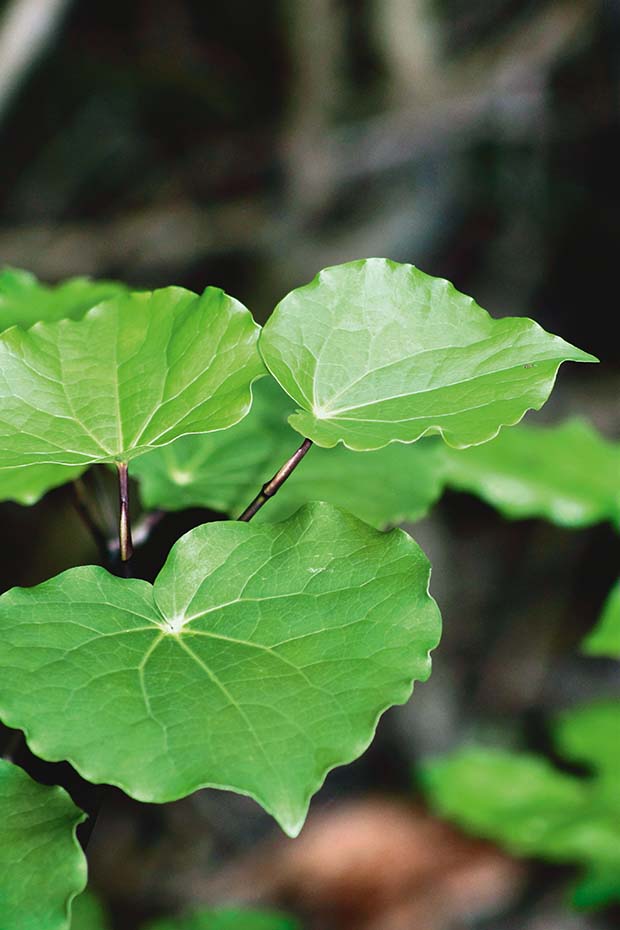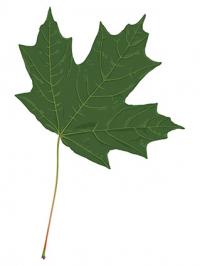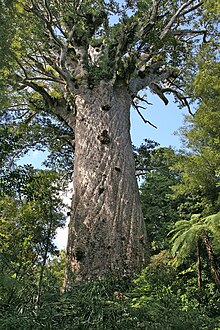Home Chemistry: Mars
Aim: To learn about Mars exploration.
1. Rover facts
2. Design, Draw and Make a Rover
3. Mars facts
1. Rover facts:
Fill in the table below.
Name:
|
Purpose:
|
Wheels
| The Mars Rover has six wheels and each of it has its own individual motor. The steering capability of the rover allows the rover to in spot, it turns a full 360 degrees. The four wheels steering also allows the rover to swerve and curve. |
Solar Panel
| The rover requires electrical power to operate if there's no power the rover would not operate. The rover carries a radioisotope system, this power produces electricity. |
Laser
| The super cam is located in the main head of the rover and it fires a laser at mineral targets that are beyond the reach of the rovers robotic arms. |
Camera
| There is a total of 23 cameras on the rover, 9 of the cameras are for engineering, 7 of the cameras are sciences cameras and 7 of them are landing, descending and entry cameras. |
Shovel, rock pick,drill
| These are called the sample handling, the rover will gather samples from the rocks and soil using its drill. The rover will then store the sample in tubes on the surface. |










